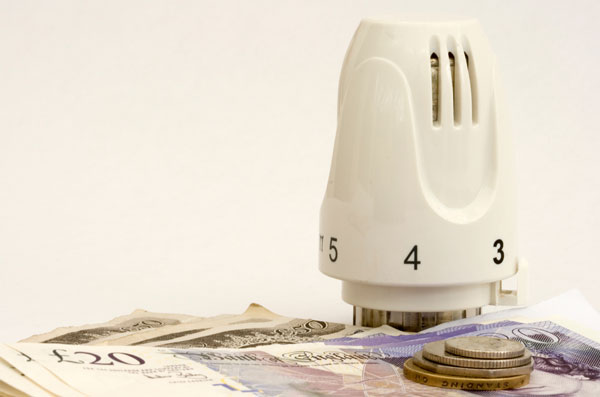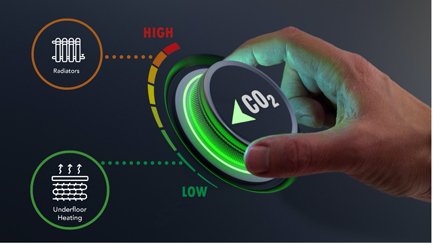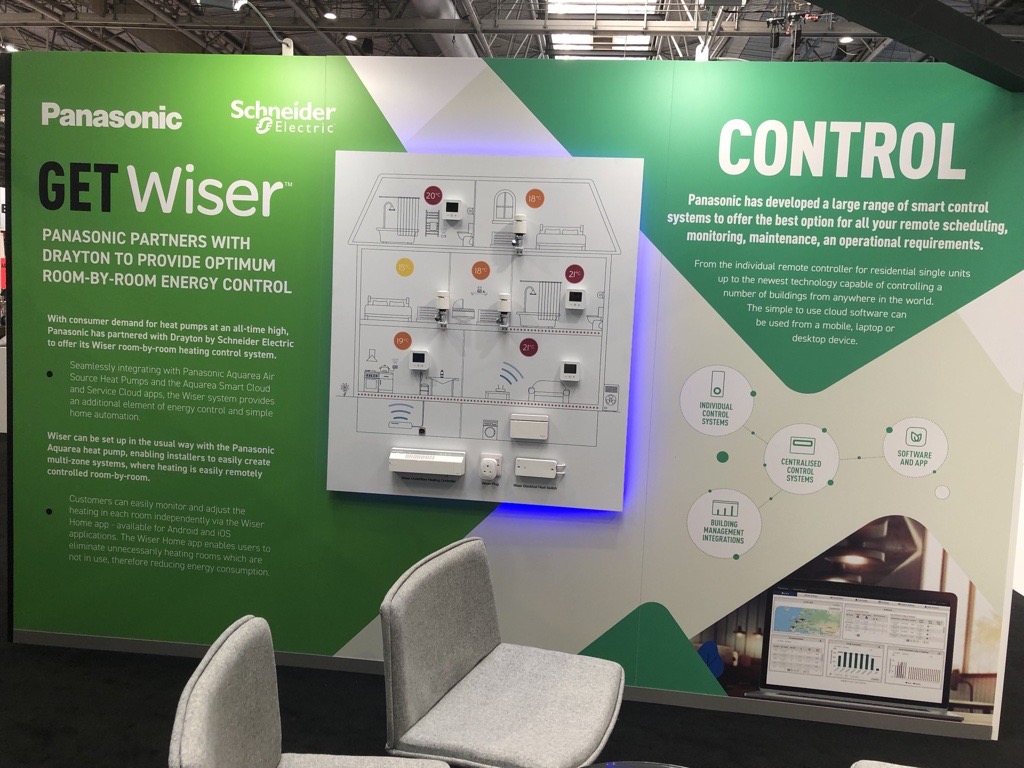Winter proof your communal heat networks and protect tenants from rocketing energy bills

by Helen Näslund, Technical Specification Manager, Evinox Energy Ltd
We are all bracing ourselves for this upcoming winter and are all expecting to feel the pinch of the cost of living crisis. Food prices, interest rates and not least energy costs are soaring. On the news there has been talk of potential energy black outs this winter and there have been articles in papers where councils are saying they might need to turn their communal heating systems off for up to five hours a day to keep costs down, leaving their residents in the cold.
Over the last few months several measures have been put in place to try lessen the blow for the British public, for example the energy price cap not covering communal heating system, what is and can actually be done in
this area?


















